Students
Current students
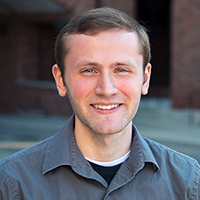 Jonathan Boss
Jonathan Boss
[email protected]
My methods work primarily focuses on multi-pollutant modeling, non-linear interaction
selection in the presence of many environmental contaminants, and statistical inference
when exposure data are subject to multiple detection limits. I have a number of applied
collaborations in environmental statistics ranging from amyotrophic lateral sclerosis,
racial disparities in telomere length, and gestational duration in pregnant women.
 Dylan Clark-Boucher
Dylan Clark-Boucher
[email protected]
My interest is in the development of statistical and machine learning methods for
studying various epidemiologic problems, including infectious disease modeling, gene-by-environment
interaction, mediation analysis, and many others. My recent work has centered on modeling
COVID-19 outcomes, constructing polygenic risk scores for cardiovascular risk factors,
and developing methods for high-dimensional mediation studies.
 Jiacong Du
Jiacong Du
[email protected]
I'm currently working on modeling and optimization for variable selection with missing
data, and median analysis in high-dimentional data. My current project is to identify
environmental pollutants associated with amyotrophic lateral sclerosis disease.
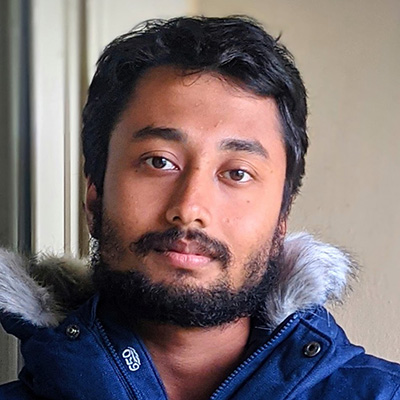 Ritoban Kundu
Ritoban Kundu
[email protected]
My current interest is in Electronic Health Records, Causal Inference, Statistical
Networks and Infectious disease modelling. My most recent work is based on developing
an extended version of the SEIR model to incorporate False Negative Rate of RT-PCR
test and selection bias of testing for Covid.
 Emily Roberts
Emily Roberts
[email protected]
Currently, I am interested in causal inference and survival analysis methods. I work
on methods to statistically validate biomarkers as surrogate endpoints for clinical
trials. I began my research in the department on the NIH Training Grant for Cancer
Research currently a National Science Foundation Graduate Research Fellow.
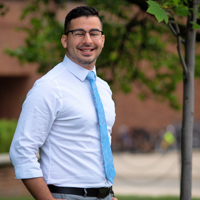 Stephen Salerno
Stephen Salerno
[email protected]
My research centers on clinical quality measure development for public reporting,
latent variable methods, conditional graphical models, and joint estimation for high-dimensional
and mixed-type data. In the Kidney Epidemiology and Cost Center, I work on methods
related to the Dialysis Facility Compare (DFC) Clinical Quality of Care Star Rating.
I am also passionate about data for good initiatives at the University of Michigan
such as Statistics in the Community(STATCOM).
 Youfei Yu
Youfei Yu
[email protected]
My current research focuses on causal inference for censored data. I'm working on
a number of projects including evaluating the effect of treatments for metastatic
prostate cancer using insurance claims data.
 Zhangchen Zhao
Zhangchen Zhao
[email protected]
I am interested in the environmental risk score and already published one paper titled
"Construction of environmental risk score beyond standard linear models using machine
learning methods: application to metal mixtures, oxidative stress and cardiovascular
disease in NHANES" in Environmental Health. Currently, I am working on the joint model
of latent class analysis.
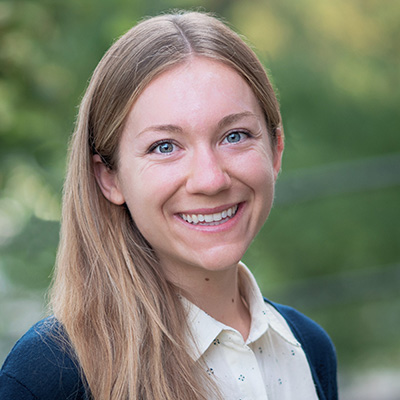 Lauren Zimmermann
Lauren Zimmermann
[email protected]
My current research focus is on infectious disease attributed mortality estimation
in low and moderate resource settings. Another interest of mine is the application
area of psychiatric epidemiology using data from electronic health records, and in
relation to collaborative care models.
Former Students
 Zhongsheng Chen
Zhongsheng Chen
[email protected]
My current research focus is on infectious disease attributed mortality estimation
in low and moderate resource settings. Another interest of mine is the application
area of psychiatric epidemiology using data from electronic health records, and in
relation to collaborative care models.
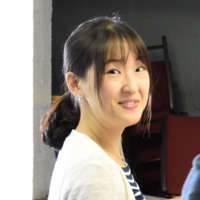 Tian Gu
Tian Gu
[email protected]
I am passionate in utilizing data integration techniques to improve the precision
and efficiency of disease risk prediction. As my PhD thesis, I am developing efficient
statistical tools to incorporate external information from big health science data
into internal studies.
 Andrew Guide
Andrew Guide
[email protected]
Currently, I am working on quantifying gene-environment interactions on the prevalence
of cancer. I would like to see which measures of risk associations are the most informative
on providing the most accurate quantification of the relationship between gene-environment
interaction and the prevalence of disease.
 Ryan Ross
Ryan Ross
[email protected]
I am interested in causal inference methods and their applications to cancer epidemiology.
My work on analysis of subpopulation causal effects helps bridge the gap between traditional
population causal inference and individualized inference of cancer treatment.
 Yanyi Song
Yanyi Song
[email protected]
I currently work on developing high-dimensional Bayesian mediation analysis methods
with application to omics data. I am also interested in developing analytical approaches
to extract information from large-scale data, with the hope to advance our understanding
of the molecular mechanism of human diseases.